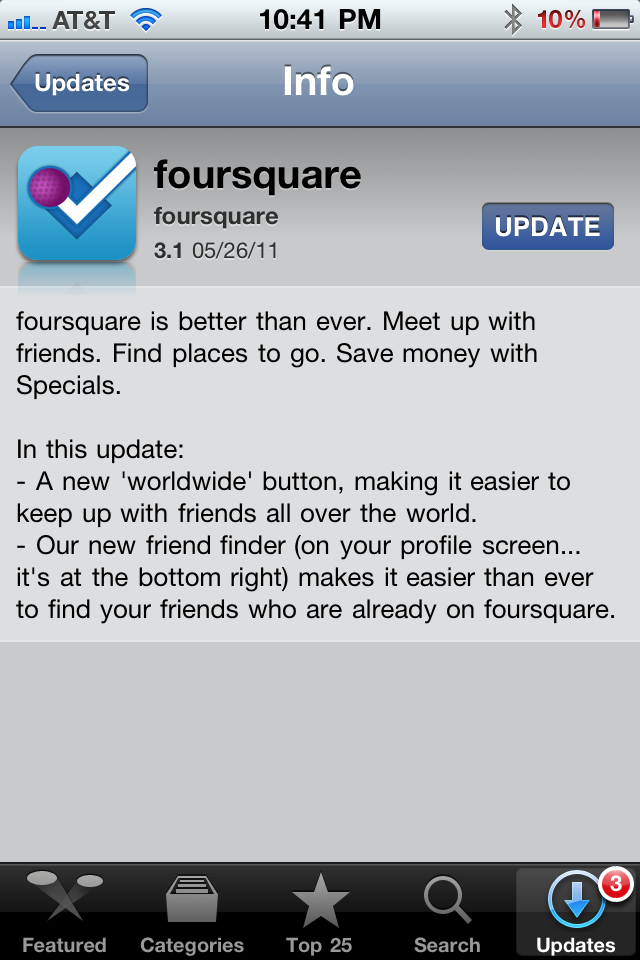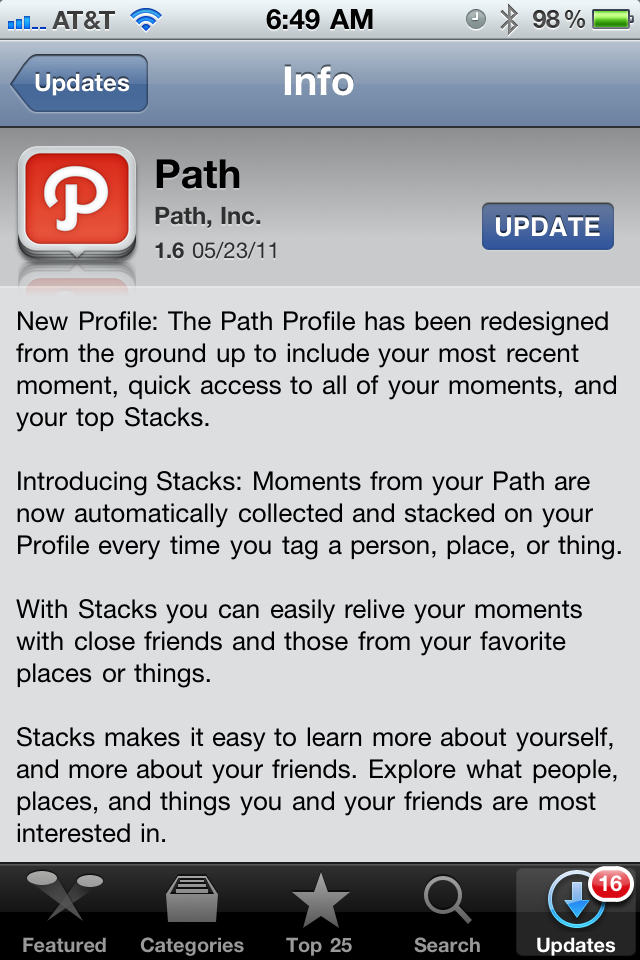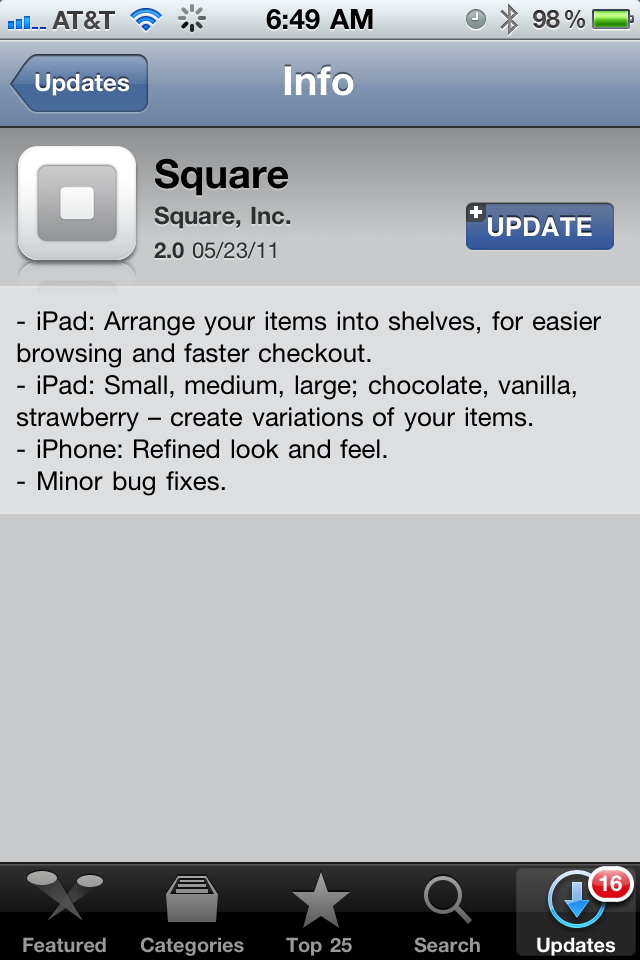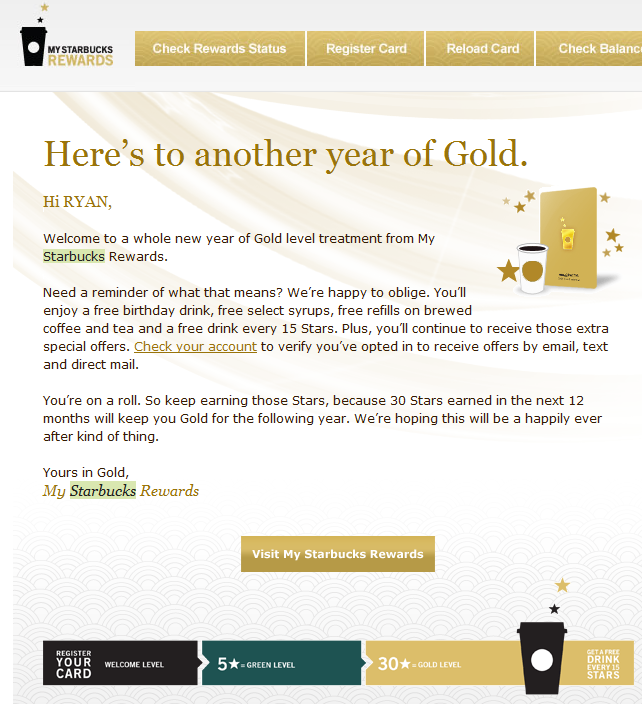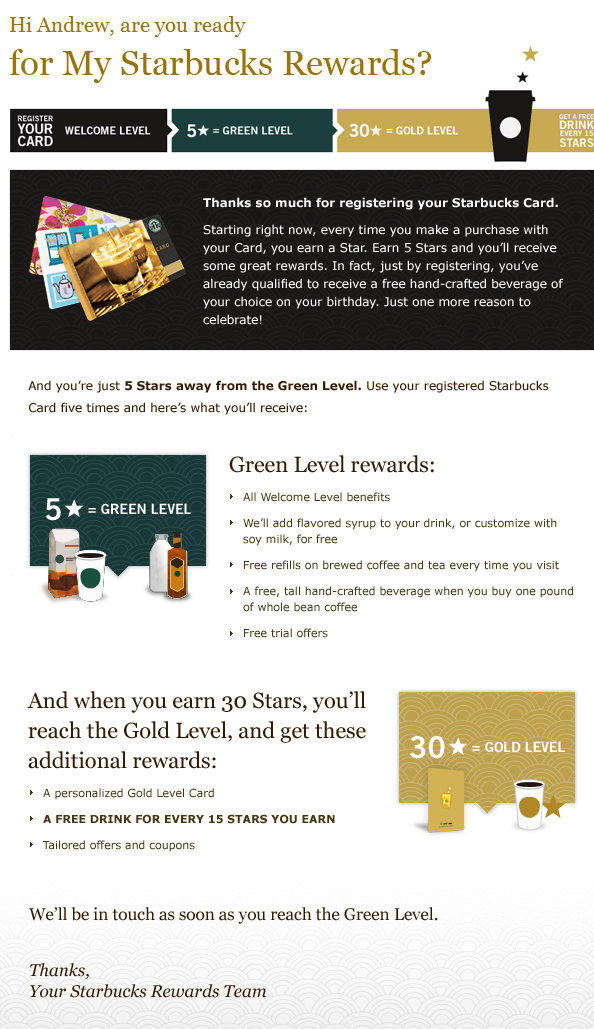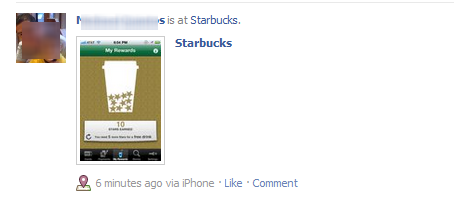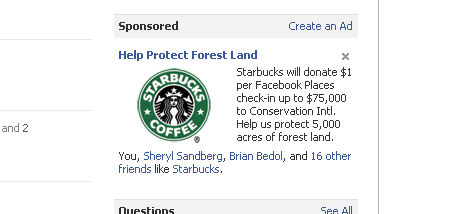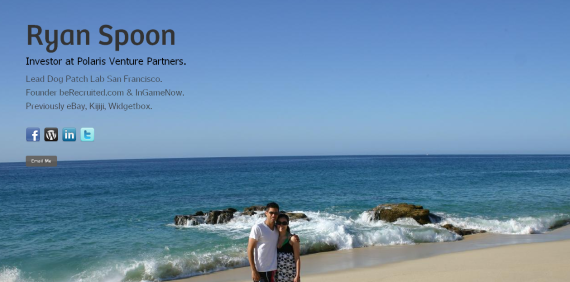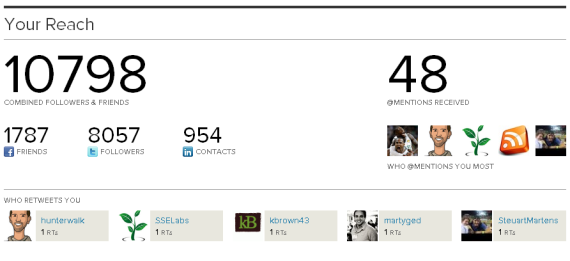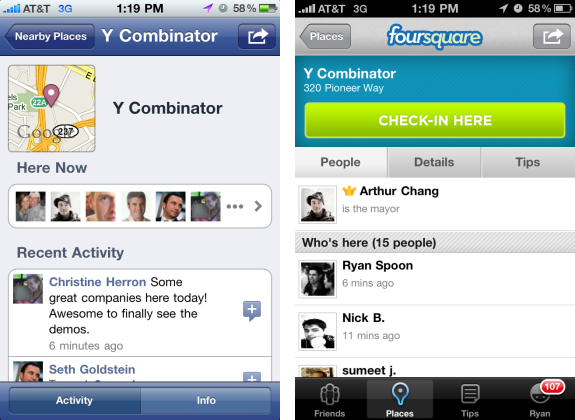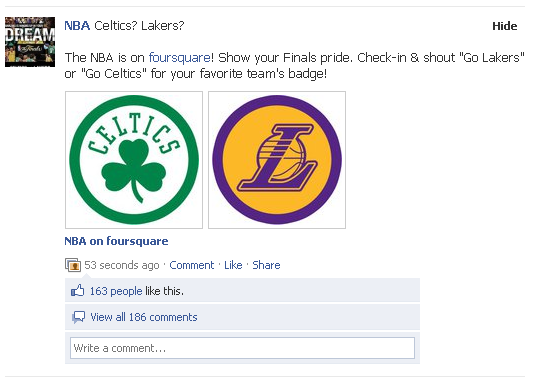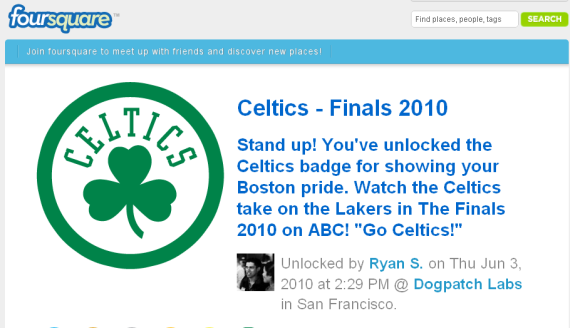I rarely visit Foursquare.com (it's one of those destinations that is almost entirely mobile). Nevertheless, Foursquare is doing very interesting stuff on its .com and is clearly focused on using the web to build out deeper content, directories, etc. So I visited Foursquare.com and this was the above-the-fold module I was first presented with. There isn't much ground-breaking - or even truly unique - about it. But it is highly relevant to a theme I have been thinking & talking a lot about recently: active user experience and optimization.
What does this awkward string mean? In short: so much attention is paid to new user experience (registration, conversion, onboarding, etc) that current users are somewhat neglected. Of course active users are not neglected from the a product experience - but the same care with which newbies are onboarded should be given to active users. Conversions don't stop after the registration flow:
- vistor >> - new user >> - active user >> - highly engaged user >> - super user (top 1%)
Back to the seemingly ordinary screenshot I included. It prompted this post because of the care that is given to driving deeper engagement and networking:
1. Tailored for the destination First, Foursquare understands that the act of networking is more efficient / powerful on the web than on mobile
2. Drive to a specific action They also realize that the more friends the better: notifications, engagement, virality, etc
3. Lots of opportunity And that I have 889 Facebook friends on Foursquare (wow) - yet am only connected with a handful of them
4. High converting design So they present this to me boldly, using the Facebook Facepile and a big, bright green Find Friends button.
Again, this is a minor example - but it speaks to the care with which Foursquare is thinking about driving activity as much as they are about new user onboarding.



